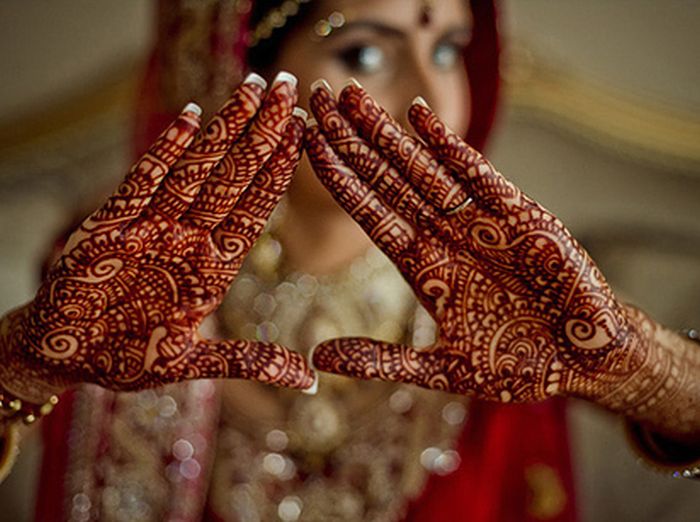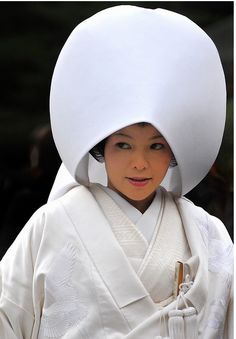Last week we covered European wedding traditions. Spring festivals around the world are starting soon and with that comes wedding bells. This week, let’s explore Asian wedding traditions.
 A common tradition in India and many other countries is the henna, or Mehndi, tattoo for the bride before the ceremony. There are slight variations amongst regions and countries, some have the henna done earlier while some are done soon before the ceremony, some regions paint detailed designs while others are simple, but they all seem to be the most important and fun-filled of the pre-wedding ceremonies. Often hidden in these intricate mehndi patterns is the name or initials of the groom. The event is generally celebratory and has a festival feel to it with the women dancing and singing traditional songs and the girls wearing vivid colors such as hot pink and yellow.
A common tradition in India and many other countries is the henna, or Mehndi, tattoo for the bride before the ceremony. There are slight variations amongst regions and countries, some have the henna done earlier while some are done soon before the ceremony, some regions paint detailed designs while others are simple, but they all seem to be the most important and fun-filled of the pre-wedding ceremonies. Often hidden in these intricate mehndi patterns is the name or initials of the groom. The event is generally celebratory and has a festival feel to it with the women dancing and singing traditional songs and the girls wearing vivid colors such as hot pink and yellow.
For traditional weddings in Japan, brides must be covered head to toe in white,  which symbolizes her maiden status. Everything from white make up to a white kimono, including a white hood, can be expected. In fact, the hood symbolizes hiding the bride’s ‘horns of jealousy from the mother-in-law.’ It also shows the bride’s intention to become a gentle and obedient wife.
which symbolizes her maiden status. Everything from white make up to a white kimono, including a white hood, can be expected. In fact, the hood symbolizes hiding the bride’s ‘horns of jealousy from the mother-in-law.’ It also shows the bride’s intention to become a gentle and obedient wife.
In the Philippines, the bride and groom receive monetary gifts in an unusual way, by bills being pinned to the couple as they dance with guests. It is called ‘the money dance’ and is sometimes unannounced. The money dance involves the males lining up in front of the bride, pinning or taping money to her veil or dress, and then briefly dancing with her. This is the same for the groom, only switched. This tradition represents the wish that good fortune is “rained” upon the newly married couple, while also helping the couple financially as they begin their life together. 
In the past few weeks, many have probably seen the video that went viral of the wedding in New Zealand where the Haka was performed. While the Haka is an ancient Maori war dance traditionally used on the battlefield, it also serves as a peaceful demonstration for groups to come together. The Haka is a fierce display of a tribe’s pride, strength, and unity. Today, though it is not used on the battlefields outside of rugby games, it is used to honor guests and show the importance of an occasion, such as a wedding.


